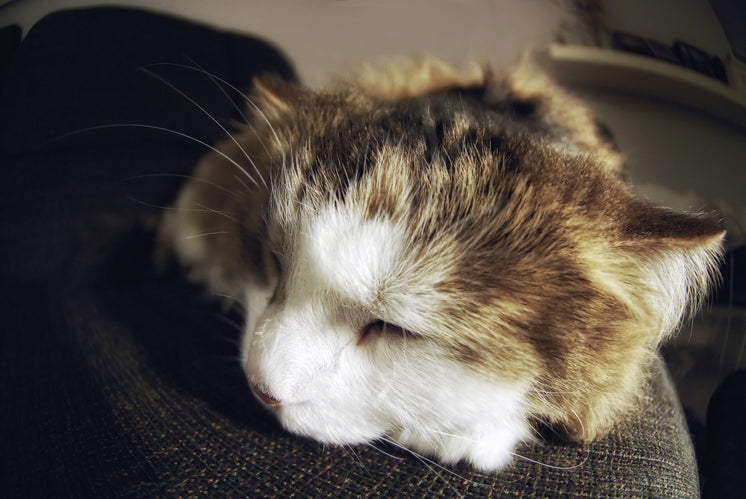
Cat litter and litter boxes play a pivotal function in the lives of both cats and their owners. From the simple starts of sand and soil to the ingenious advancements of today, the world of cat litter has developed substantially. In this comprehensive guide, we explore every aspect of cat litter and litter boxes, exploring their history, types, benefits, difficulties, and whatever in between.
The history of cat litter go back centuries, with ancient civilizations using sand, soil, and even ashes as primitive litter materials. However, it wasn't until the mid-20th century that modern cat litter as we understand it emerged. In 1947, Edward copyright introduced the world's first commercial cat litter made from absorbent clay, transforming the way cats relieved themselves inside your home. Since then, cat litter has undergone numerous transformations, with the introduction of clumping litter, silica gel litter, naturally degradable options, and more.
Today, cat owners are spoiled for choice when it concerns choosing the ideal litter for their feline companions. Conventional clay litter stays popular for its cost and efficiency in soaking up smells. Clumping litter, which forms solid clumps when wet, simplifies cleaning and maintenance. Silica gel litter, composed of highly absorbent silica crystals, uses superior odor control and longevity. Naturally degradable choices, such as recycled paper, wood pellets, corn, and wheat, appeal to environmentally conscious consumers.
Each type of cat litter offers special benefits. Clay litter masters its ability to soak up wetness and control odors, making it a trustworthy option for lots of feline owners. Clumping litter simplifies daily scooping wood pellets cat litter and extends the time in between total litter modifications. Silica gel litter supplies exceptional smell control and can last longer between replacements. Naturally degradable litters offer a sustainable option that lessens environmental self cleaning cat litter box impact.
While cat litter boosts indoor feline hygiene, it is not without its challenges. Dust from clay litter can posture breathing dangers for both cats and human beings, prompting the appeal of dust-free options. Some cats might develop litter box aversion due to concerns with texture, aroma, or cleanliness, necessitating experimentation with different litters and box configurations. Multi-cat families may need tactical litter box placement and frequent maintenance to prevent territorial disputes and ensure all felines have access to tidy facilities.
Picking the appropriate litter box is important for promoting favorable litter box practices and total feline well-being. Aspects to consider consist of size, accessibility, and style preferences. Covered litter boxes offer personal privacy and assistance consist of odors, however some felines might find them restricting or intimidating. Open-top litter boxes provide simple access and presence but may lead to more litter scatter. Automatic self-cleaning litter boxes improve upkeep however require routine monitoring and upkeep.
Correct litter box maintenance is important for ensuring a clean and welcoming environment for both felines and their owners. Daily scooping gets rid of waste quickly, decreasing odor and dissuading litter box hostility. Regular litter replacement, generally every 1-2 weeks, avoids bacterial accumulation and preserves optimum absorbency. Comprehensive cleansing with moderate detergent and water, avoiding extreme chemicals that may prevent felines from using the box, must be carried out monthly.
Cat litter and litter boxes play a central role in promoting Grass Seed Cat Litter a healthy and harmonious relationship between felines and their human buddies. With a diverse array of litter choices and litter box styles readily available, cat owners have the flexibility to customize their choices to suit their cats' preferences and home requirements. By comprehending the evolution, types, benefits, and difficulties of cat litter and litter boxes, animal owners can supply their feline pals with a comfy and sanitary indoor environment.
Comments on “The Role of Cat Litter in Animal Waste Management”